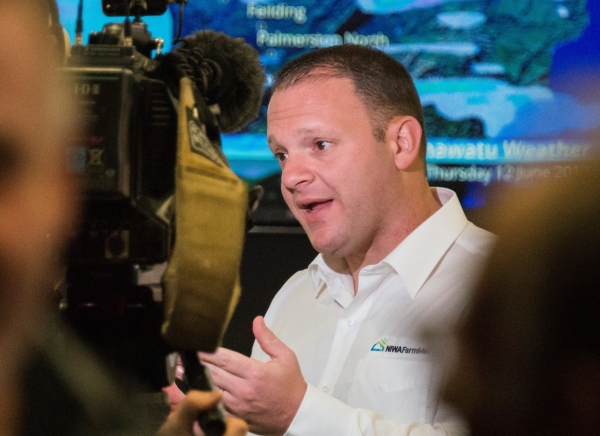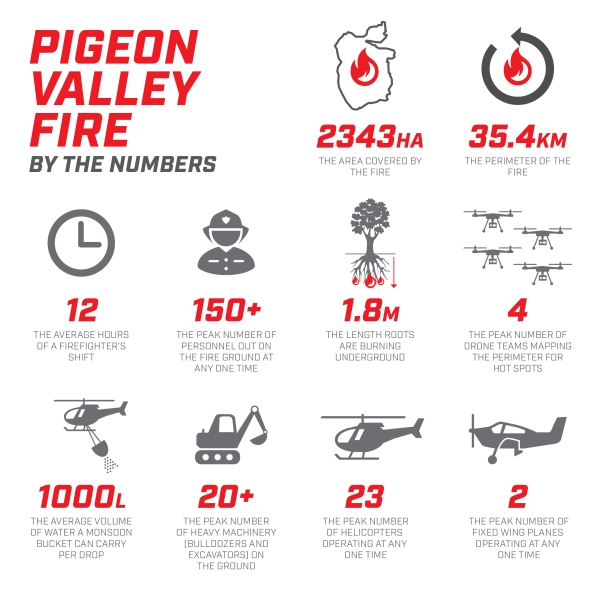Chris Brandolino took the first fire call at 3.40 pm on 5 February walking back to his Auckland desk after a meeting. Flames were starting to rage across Pigeon Valley near Nelson and Fire Emergency New Zealand (FENZ) were in urgent need of some highly detailed weather information.
NIWA’s principal forecaster had been half expecting it – soil moisture levels were extremely dry in Tasman, there hadn’t been any significant rain since Christmas and there was plenty of fuel to feed a huge blaze.
From then on, as the fire spread – along with the understanding that it was going to take enormous resources to bring it under control – Brandolino and his team became an integral part of the firefighting strategy.
Since 2017 NIWA has been providing an on-call forecasting service to FENZ, but last year it introduced several new forecasting products that had their debut during the Nelson fires.
“Over the first weekend things were quite touch and go, so we initiated our new Incident Response Service,” says Brandolino.
“It is designed for significant situations like Nelson – we create a forecast and then walk the incident management team and any of the key decision makers through it. We use maps and computerised graphics of wind speeds and directions and provide a very detailed understanding of the weather.”
The NIWA weather team delivered three of these comprehensive briefings over the duration of the fires and these were supplemented by four targeted forecasts a day – some short term, some extremely localised and some a weekly outlook that enabled FENZ to strategically plan its attack.
Weather, says Tim Mitchell, one of FENZ’s rural fire managers, is one of the most significant factors in how an emergency incident plays out.
“If it’s a hazardous spill, we need to know which way the wind is blowing and whether rain will wash it into the drainage system faster. If there’s a fire risk, a weather forecast can help us decide whether to introduce restrictions or prohibit certain activities outdoors.”
With something the scale of the Nelson fires, the first priority is to understand what’s going on at the micro scale. That’s where NIWA’s high resolution forecasting system comes into its own. It can predict weather changes in very small areas, taking account of terrain and landscape, and how the air interacts with mountains and the sea, to provide a more accurate wind forecast.
Mitchell says the accuracy and quality of weather forecasts is critical.
“We take that knowledge and work out what to do with it, deciding which areas to prioritise, where to position our resources and plan our tactics for the next few days.”
NIWA provided 95 forecasts to FENZ during February. Brandolino believes that NIWA’s success is the quality of the model that underpins the service, and he says working directly with the customer provides clarity and removes doubt.
He says it’s a service that can also be applied to a wide range of different businesses where weather is an important factor.
“We got to know the Nelson weather patterns particularly well – especially the conditions that produce strong wind gusts. We were also reminded of how hard it is to actually get rain in Nelson.”


